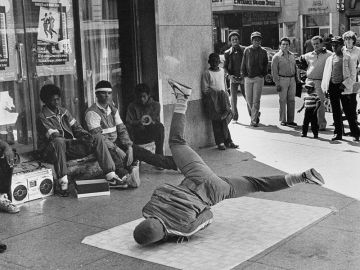- Home
- Multimedia
- Photo Gallery
- Get inspired by this Museum of Failure!
Get inspired by this Museum of Failure!
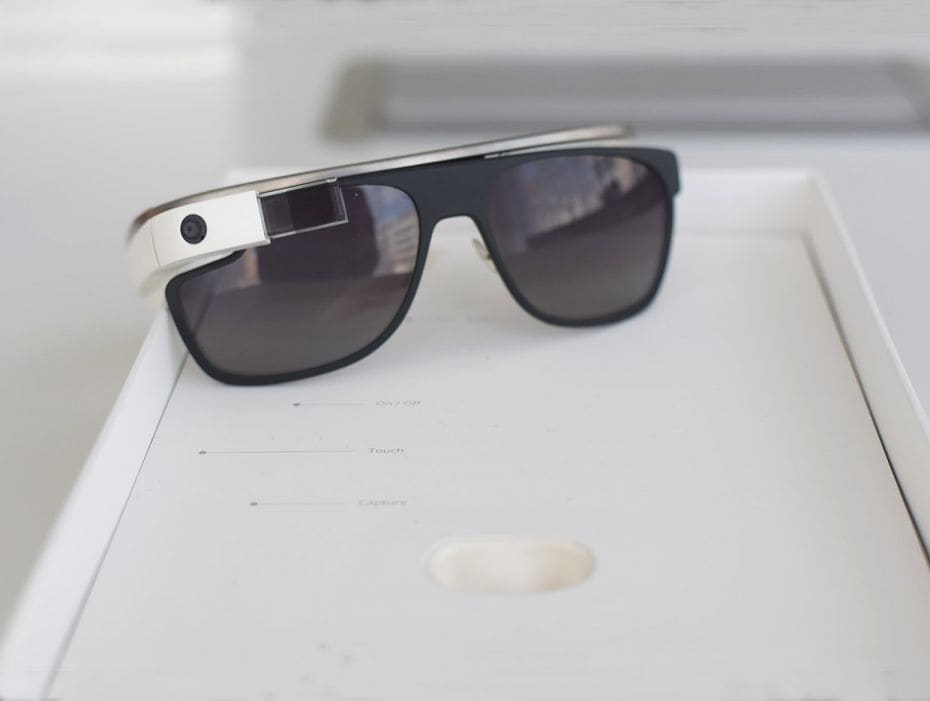
Image by : Museum of Failure
2013-2015
When Google launched these ‘smart glasses’ with a built-in camera, voice controls and a revolutionary screen, expectations were sky high. Technology enthusiasts paid $1,500 for this futuristic gadget, and all the attention it got made everyone think that it was a fully developed product. However, it was nothing more than an expensive prototype, and one that did not meet the needs of its users. The technology didn’t quite work. The built-in camera raised concerns about privacy issues. People did not like the idea of being filmed at any time and place, and Google Glass was banned in several places. Even the users began to be called ‘Glassholes.’!
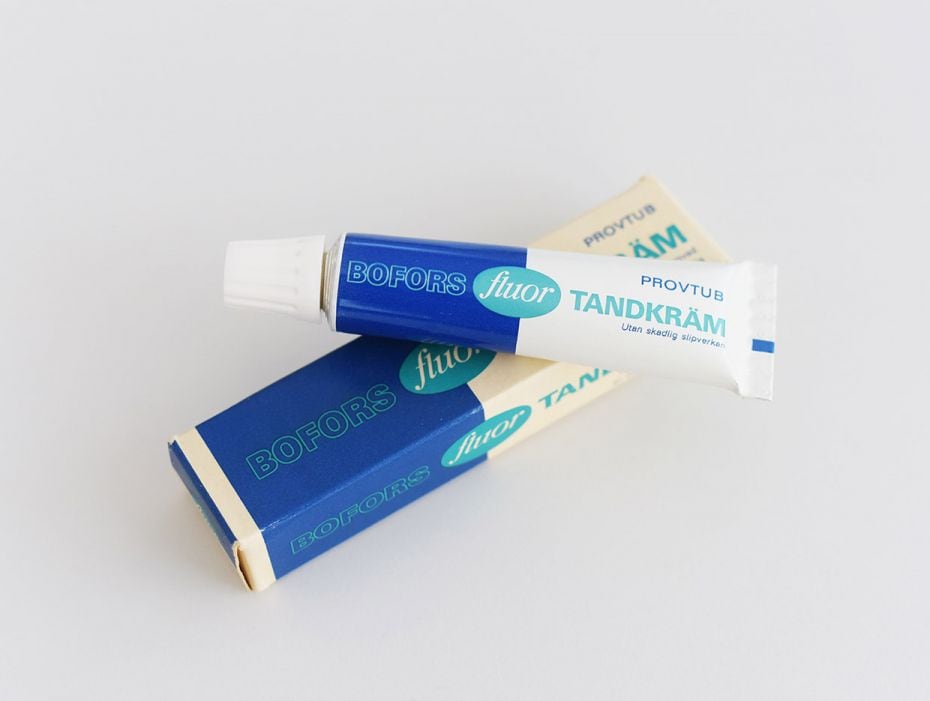
Image by : Museum of Failure
1968-1971
In the 1960s, the Swedish weapons manufacturer Bofors tried to branch out and start making so called ‘peace products.’ Like toothpaste, artificial sweeteners and caterpillar tractors. The toothpaste contained plastic beads as a mild abrasive. In 1971, unfounded rumors started about how the plastic beads were toxic. This quickly killed the peaceful toothpaste.
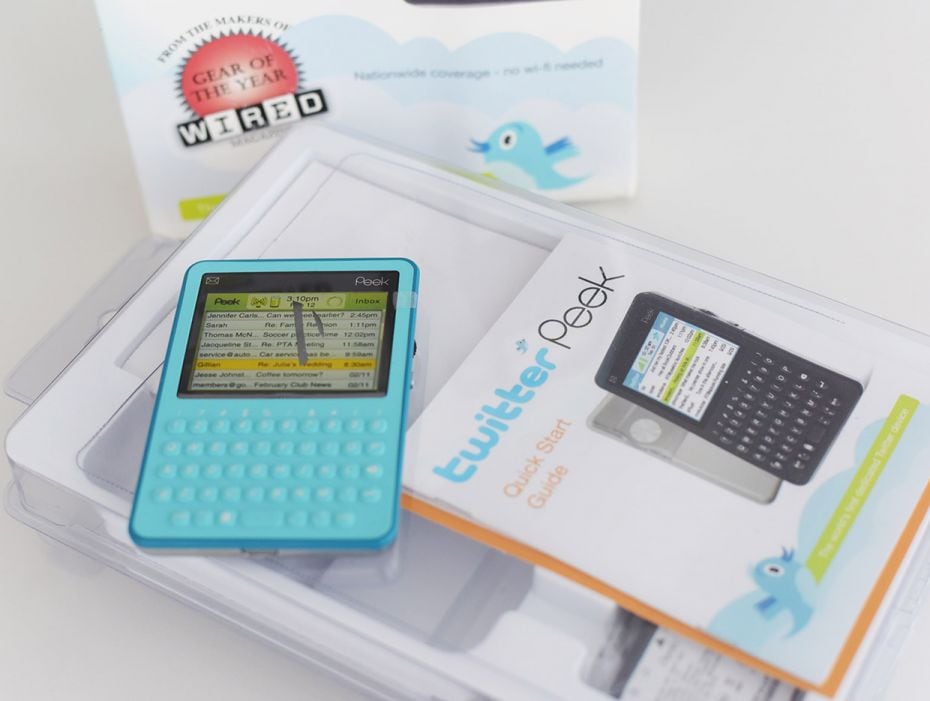
Image by : Museum of Failure
2009-2010
TwitterPeek was supposed to be a single-use device for Twitter. For $200. The main question here is ‘Why did this product ever exist? Didn’t all heavy Twitter users already have a smartphone? The other issue was that the device didn’t even tweet very well. The screen only displays the first 20 characters of each message, and reading an entire tweet involved a lot of annoyingly slow scrolling. Linked websites were inaccessible, new tweets were delayed, and the list of bad features goes on and on. One tech reviewer wrote: “The TwitterPeek is so dumb it makes my brain hurt”

Image by : Philip Bird LRPS CPAGB / Shutterstock.com
1999-2000
An amazing £789 million was invested in the Millennium Dome project, planned to be a glittering achievement for Tony Blair's government. It was supposed to be a spectacularly innovative building and exhibition, hoping to attract 12 million visitors in the year 2000. This turned out to be hugely overestimated, with only half of that number visiting the exhibition. Newspapers reported on the exhibition’s boring themes and lack of creativity. The opening day event on December 31, 1999, was also a nightmare. Visitors, including VIPs, were forced to wait outside for a long time in below-freezing weather. The project lost an enormous amount of money. The building stood empty for several years, until the area was rebuilt into an entertainment district and renamed The 02 Arena.
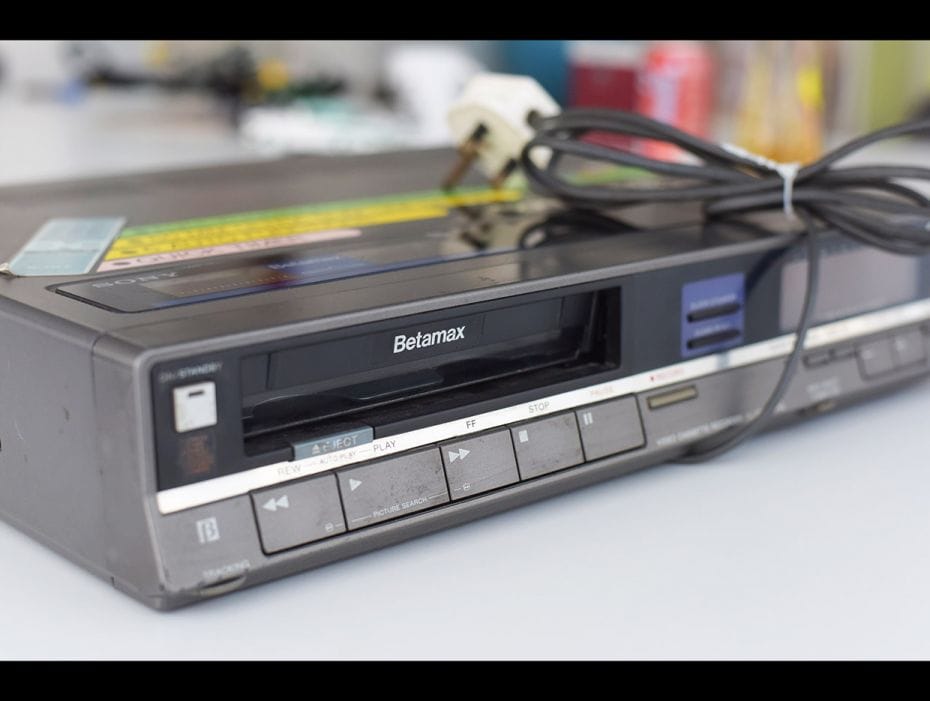
Image by : Museum of Failure
1975-2002
In 1975, Sony launched an innovative home video tape recorder called Betamax. When JVC released the competing VHS format a year later, it started a decade long videotape-format war. Betamax was higher quality than VHS, but it was also more expensive. The VHS could record a full movie, whereas the Betamax was initially limited to only one hour. While Sony refused to license the format to other firms, JVC built an ecosystem of partners and offered a greater selection of films. By the middle of the 1980s, VHS had won the war. This classic story of tech innovation failure demonstrates that technical excellence and being first to market is not enough. Sony learned from their failure. They successfully introduced the digital Compact Disc (CD) by strategically partnering with the music industry. The company bought a record company and is now a giant in both entertainment and electronics.
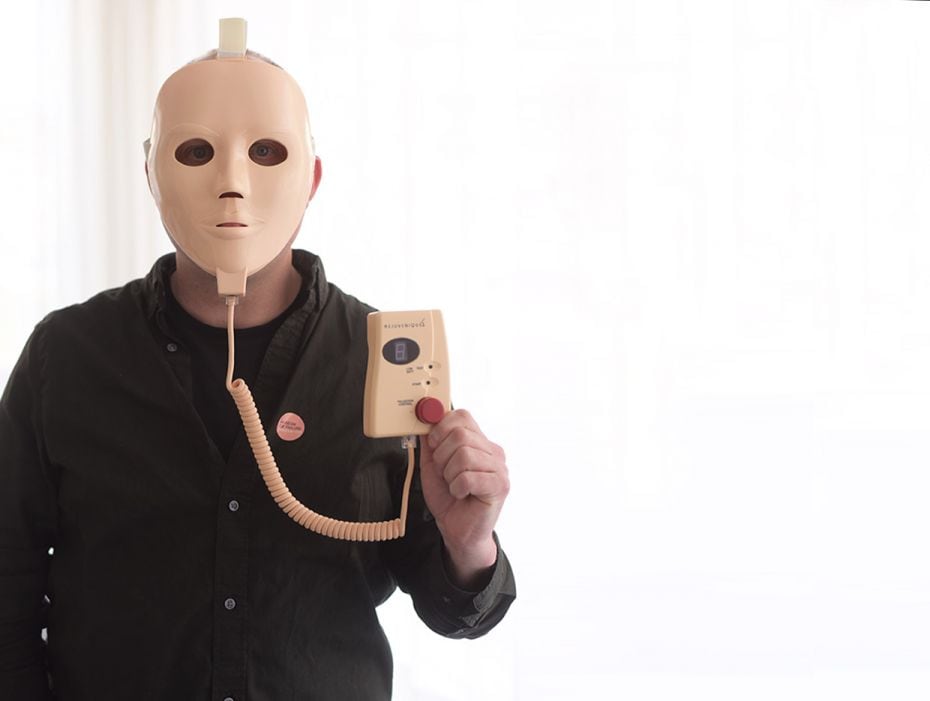
Image by : Museum of Failure
1999-1999
This beauty mask tones facial muscles with electricity. According to the instructions, the mask should be strapped onto the face for 15 minutes, three to four times a week. Linda Evans, the woman on the package, is an American television star known from the Dynasty series. In Rejuvenique’s instructional film, she congratulates the owner for their exciting purchase and ensures them that it is a good investment. However, according to one user review, the mask “feels like a thousand ants are biting my face.” The mask seemed straight from a horror movie. Also, the device was never safety approved!
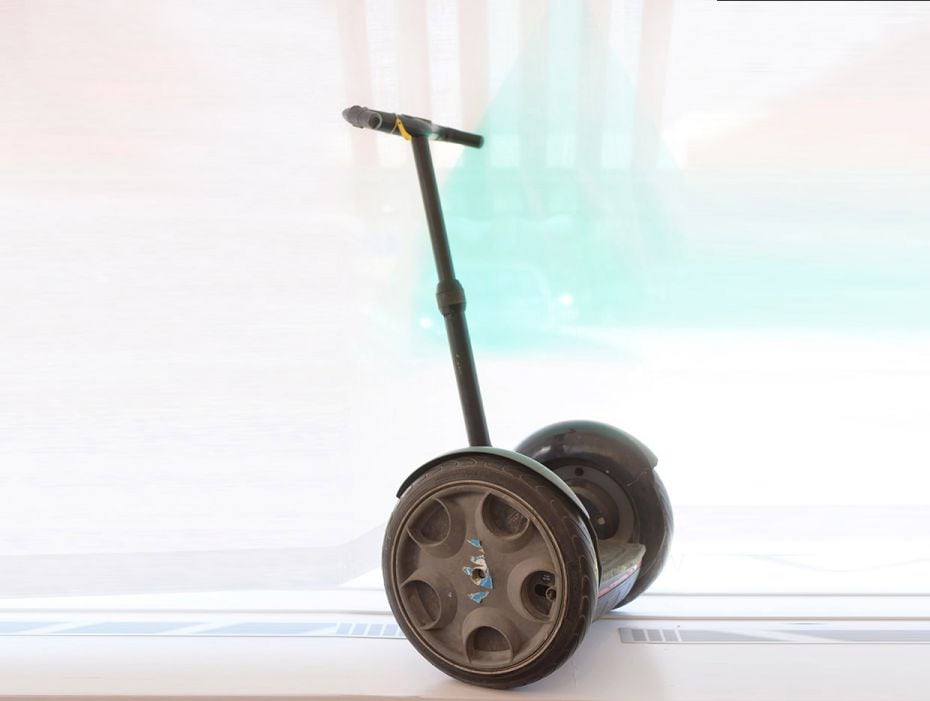
Image by : Museum of Failure
2001
This is a first-generation Segway, and it was a marvel of technology. Since Segways are still being sold, you may wonder what the Segway is doing here at the Museum of Failure. A failure is defined as a deviation from expected and desired results. The expectations for the Segway were huge: ‘Segway will be to the car, what the car was to horse and cart.’, ’Segway will be the fastest product in history to reach $1 billion in sales.’, ‘City infrastructures will be planned around the Segway.’, ‘The Segway will be more important than the Internet.’ As a means of transport, the Segway was a complete flop. It became a commercial failure, since it was far too expensive, heavy and also silly. Today, it is most used as a fun group activity or by security guards in shopping centers.
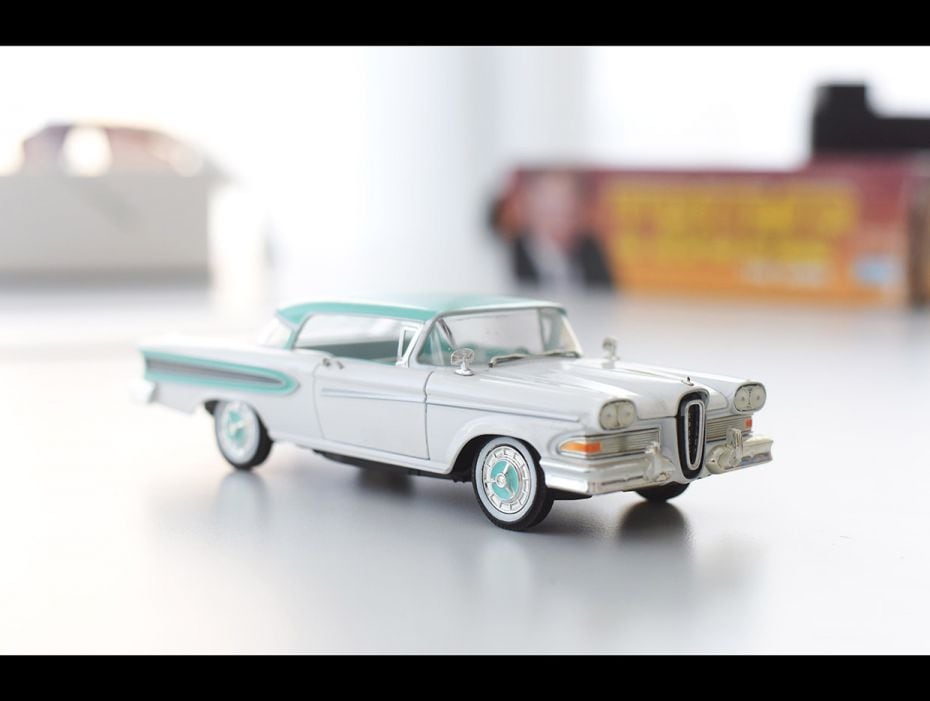
Image by : Museum of Failure
1957-1960
Ford hoped that the Edsel would be the car that everybody wanted. The car had several technological innovations, like an electro-mechanical Teletouch transmission - with the buttons in the middle of the steering wheel. With an extensive and expensive marketing campaign, expectations were enormous. The advertising campaign teased consumers with silhouette glimpses of the Edsel. Confident of the imminent success, Ford convinced dealerships to order the Edsel before it was fully developed. Those dreams were crushed when nobody bought the car, and it was mocked in the newspapers. The design was considered ugly, and the car was priced far too too high. Ford lost $350 million on the Edsel, equivalent to almost $3 billion in 2017 dollars. It is no wonder that an Edsel became a symbol for commercial failure.
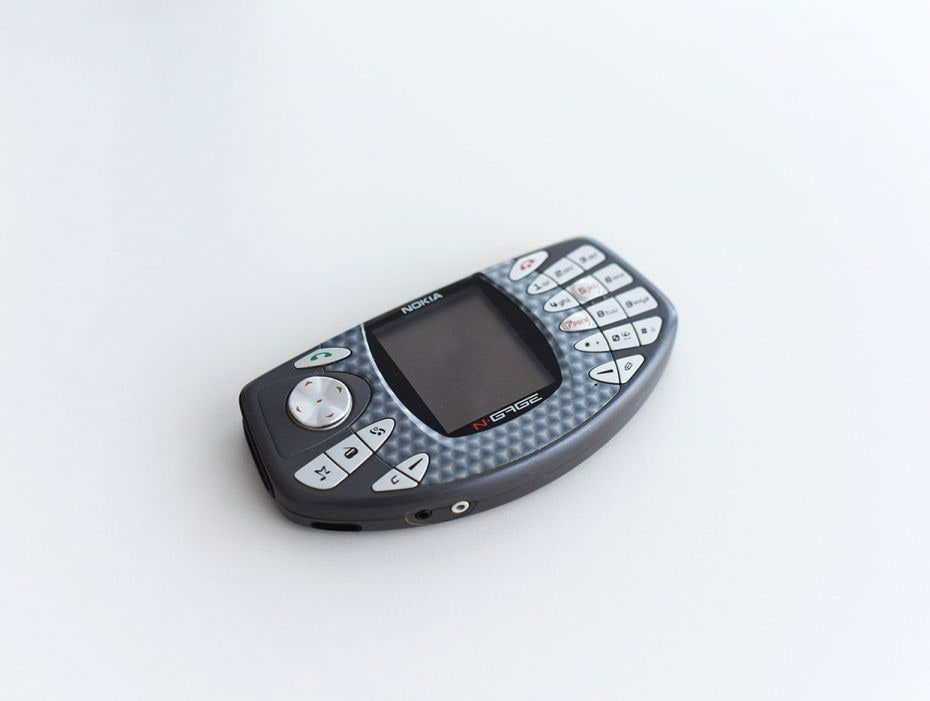
Image by : Museum of Failure
2003-2005
Back in the year 2000, many people carried both mobile phones and handheld game consoles. Nokia combined these two devices into one unit and launched the N-Gage in 2004. The N-Gage was not a failure of ideas - it was a failure of implementation. The device had to be disassembled to change games. And to use it as a phone, the user had to hold the phone sideways, with its thin edge against their head. This led to its mocking nickname of the ‘taco phone’. Along with design flaws, it lacked good games. However, it has been argued that the intensive development of the N-Gage spawned Finland’s thriving mobile gaming industry. Perhaps the failed N-Gage ultimately led to today’s insanely popular game Angry Birds.
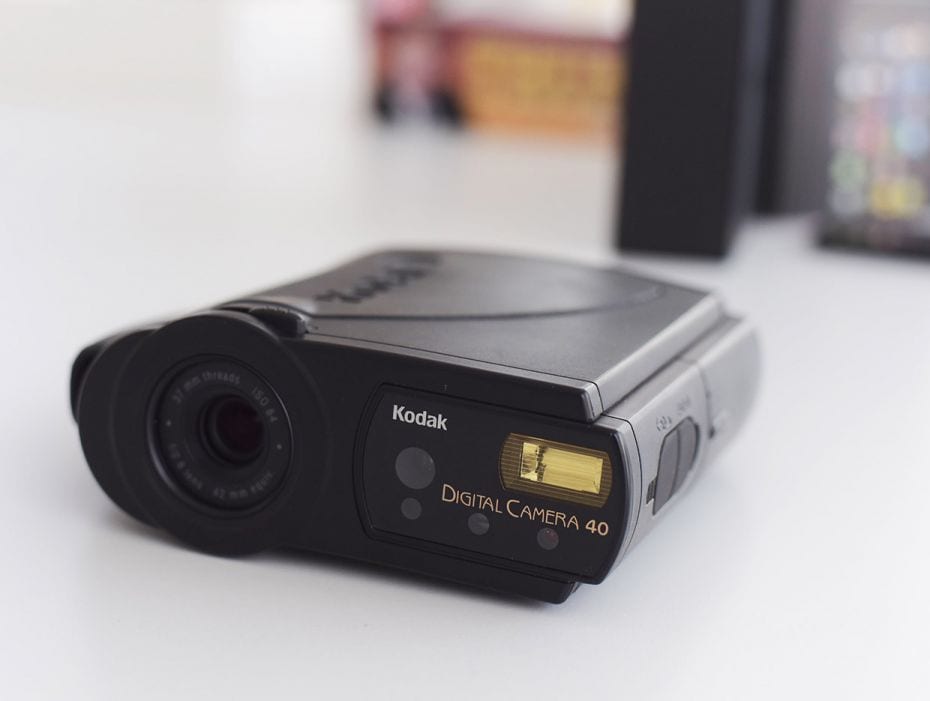
Image by : Museum of Failure
1888-2012
Kodak was a successful early pioneer in the development of digital cameras. The DC40 released in 1995 was among the first consumer digital cameras sold. When Kodak created the digital camera in 1975, management’s response was ‘That’s cute – but don’t tell anyone about it’. It was dropped for fear it would threaten Kodak’s profitable film printing business. Kodak even developed an online image sharing service, but used it to try to sell more printed photos. Their failure was an inability to truly embrace the new business models the disruptive change opens up. Kodak went bankrupt in 2012.
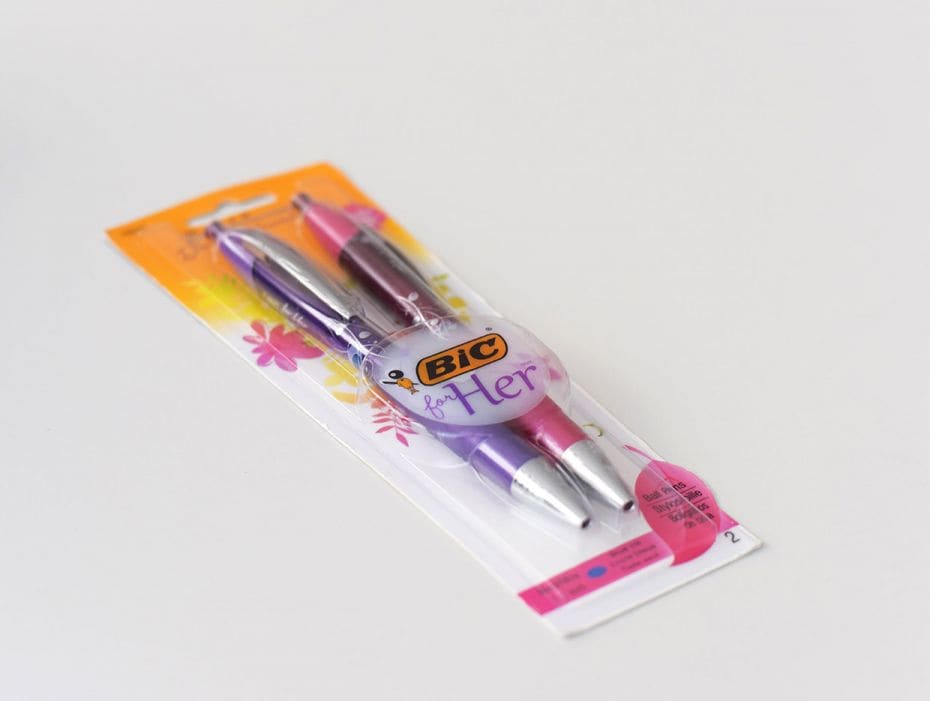
Image by : Museum of Failure
2011
The French company BIC is best known for their ballpoint pens, which have been produced since the 1950s. Bic for Her are pens designed to ‘fit comfortably in a woman’s hand’ with pastel colors and glitter, ofcourse. The launch was an instant flop. Consumers ridiculed the product in terrible reviews. On her talk show, the comedian Ellen DeGeneres made fun of the pens ‘Over the last 20 years, companies have spent millions of dollars making pills that grow men’s hair and fix men’s sex lives, and now ladies have a pen’!
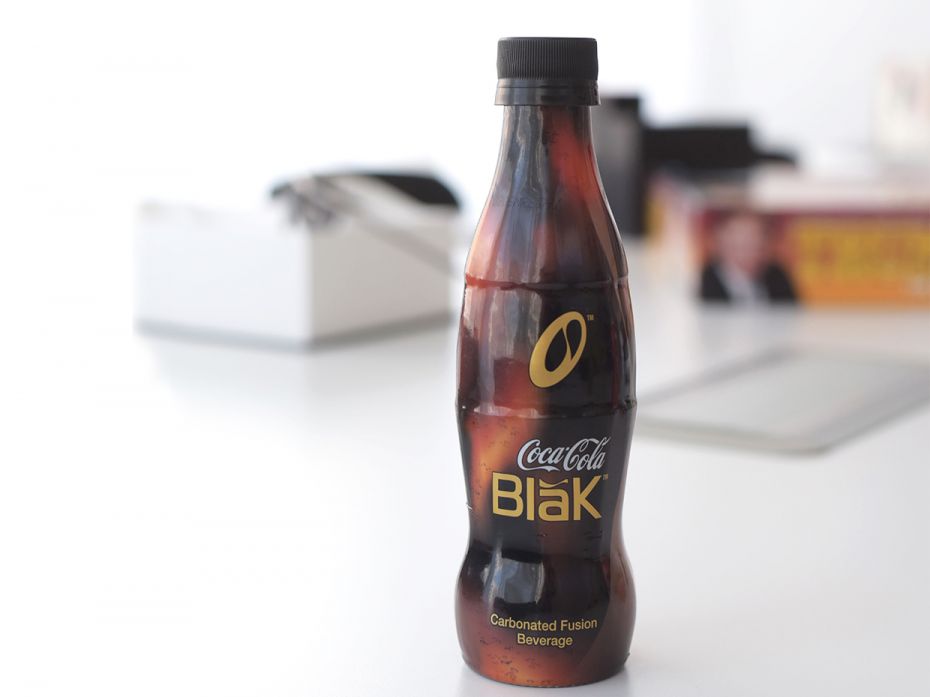
Image by : Museum of Failure
2006-2008
Coca-Cola spent two years developing this soda-coffee concoction, in the hopes of tapping into the growing premium coffee market. The beverage was launched in 2006 and was aimed at adult consumers, more specifically ‘the over-30, savvy, sophisticated achiever.’ Coca-Cola never explained why the drink flopped other than that it might have been the taste. It was described as ‘an adult Cola taste,’ which was perhaps not for everyone. The story of BlāK shows us that even for gigantic corporations with enormous resources and deep consumer insights, failure is always an option.

Image by : Museum of Failure
2011-2013
The surgeon Paolo Macchiarini pioneered a new regenerative surgery using a synthetic trachea (windpipe) combined with the patient’s own stem cells. The revolutionary transplants were described as very successful. Macchiarini became a superstar surgeon, and the prestigious Karolinska Institute in Sweden got massive global attention. But everything ended in a huge tragedy. The plastic trachea did not work. They caused enormous suffering and the patients died. Karolinska grossly neglected the necessary research on humans, ethical issues and patient safety. Any concerns raised about this new, exciting technology were ignored. Since Macchiarini had received large research grants from the EU, more patients were put on the operating table. The scandal has cost many people their lives and seriously damaged confidence in Swedish clinical research.
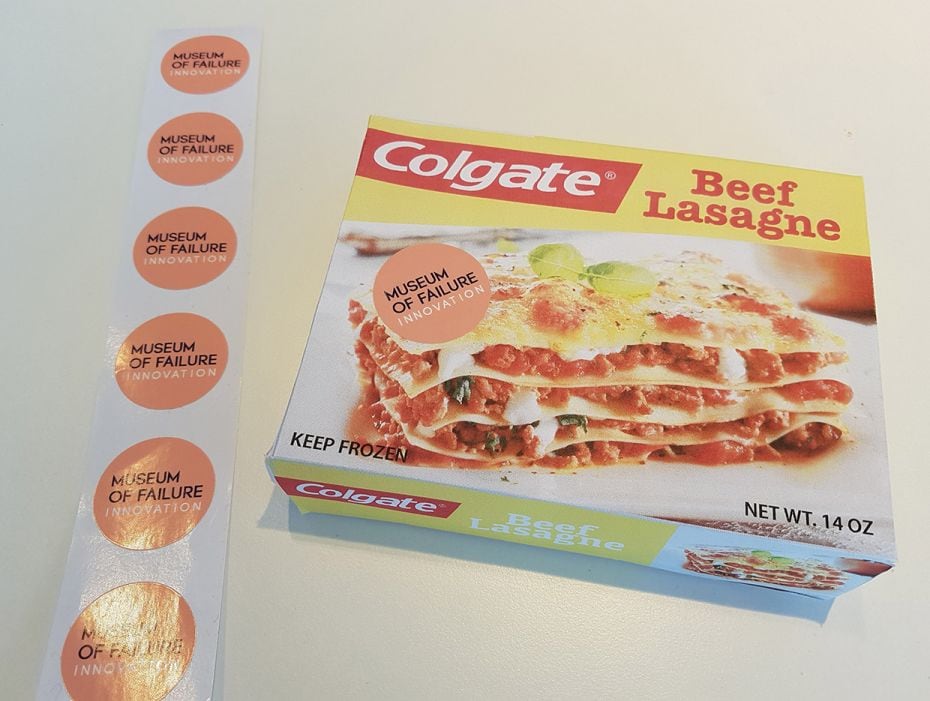
Image by : Museum of Failure
According to the literature on brand failures, Colgate launched a line of frozen food in the 1980s. This was a mistake because the brand was strongly associated with oral hygiene and strong mint flavors, rather than food. (In the image above, the Museum has reconstructed the packaging with a good measure of artistic freedom). When it came to the attention of Colgate, a legal representative from the company called and sternly informed the Museum that nobody at the company recognized the lasagna. Either Colgate has a bad memory, or the Museum of Failure got pranked by a branding consultant who started an urban legend years ago.
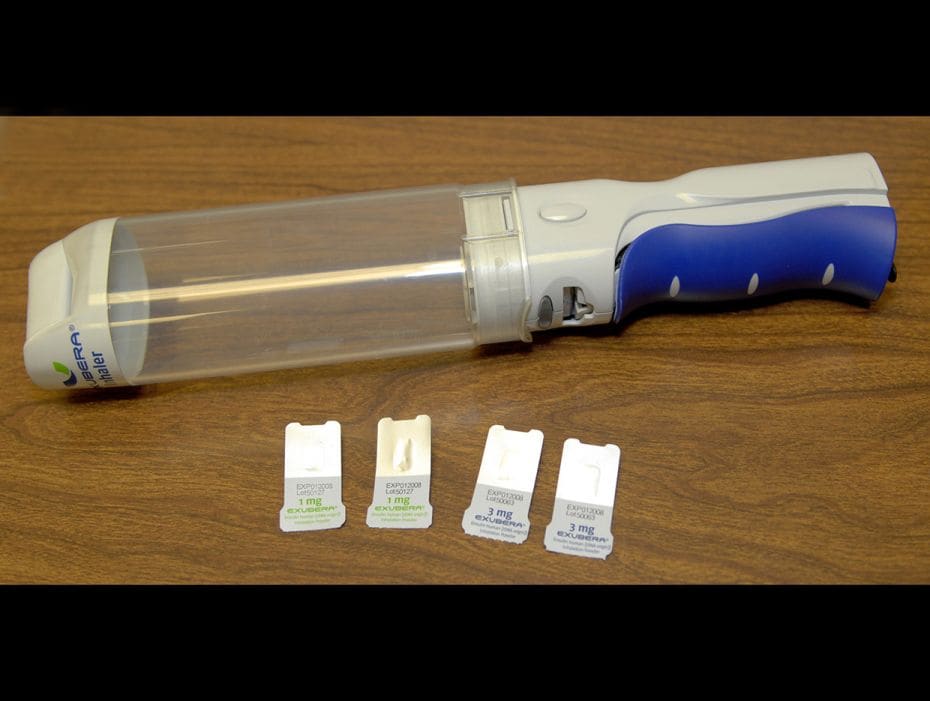
Image by : John Sommers II / Reuters
2006-2007
The pharmaceutical company Pfizer developed an inhalable insulin. The biggest advantage was that the insulin no longer needed to be injected with syringes. Following the product approval in the US and Europe, more than $2 billion was invested in a clinical development program. Patients liked this innovative solution, and it was expected to be very successful. Unfortunately, the inhaler was far too big and uncomfortable to carry. It was also complicated to use and required extensive instructions. Exubera was an expensive failure.
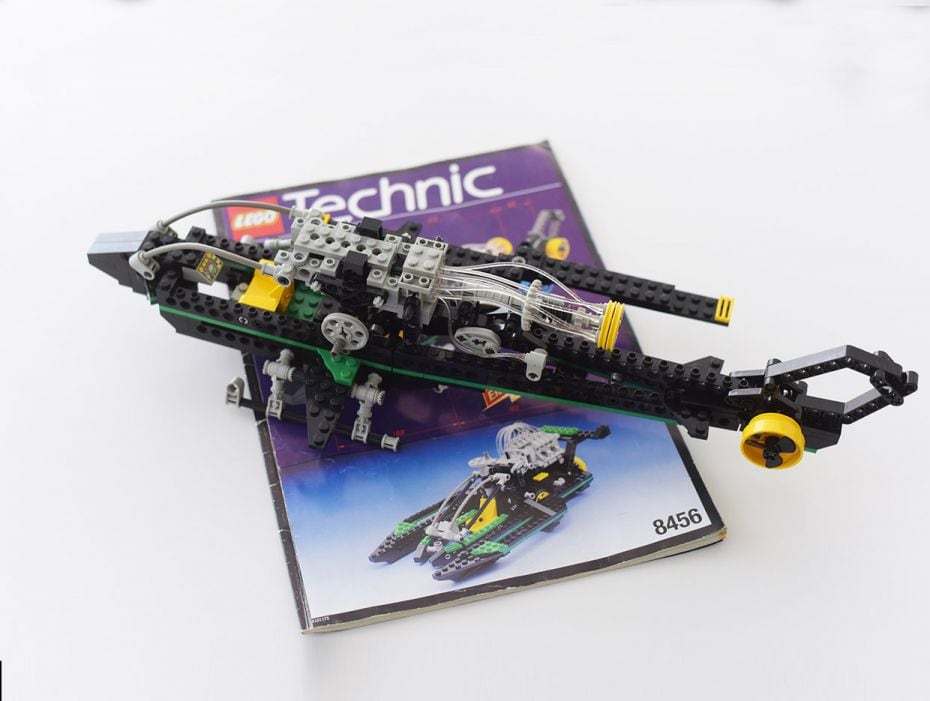
Image by : Museum of Failure
1996
In the early 2000s, LEGO was close to bankruptcy with poor management and runaway costs. An example of this was LEGO Technic Fiber Optic, which featured specialized parts with LED lights. Transparent plastic tubes were connected to a battery pack so that light showed through the plastic. According to LEGO designer Mark Stafford, “It cost LEGO more to source these parts than the price whole set was being sold for - every one of these sets was a massive loss leader and no one actually knew it.”
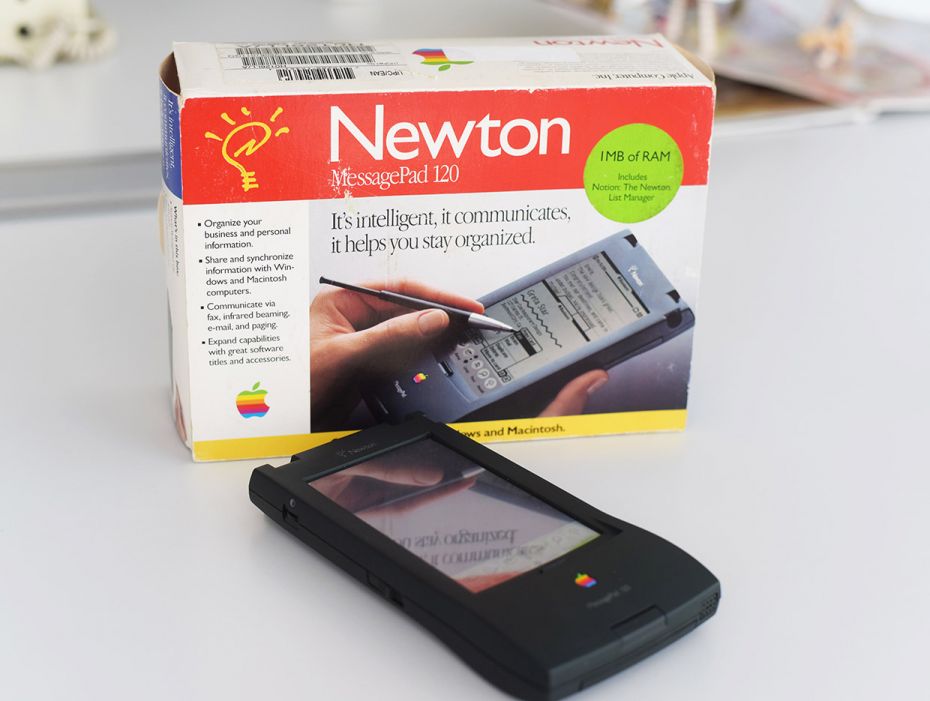
Image by : Museum of Failure
1993-1998
Apple’s personal digital assistant was marketed as the future of computing. The sleek design and touchscreen with handwriting recognition made the Newton an exciting innovation. But the hyped handwriting recognition was so frustratingly slow and inaccurate, even The Simpsons made fun of it. The Newton was an innovative idea with immature technology - an incomplete product launched far too early. While the catastrophic character recognition software was improved in later updates, the Newton’s reputation was already doomed. Steve Jobs killed the Newton when he returned to Apple in 1997. He said, “My gut was that there was some really good technology, but it was screwed up by mismanagement. By shutting it down, I freed up some good engineers who could work on new mobile devices. And eventually we got it right when we moved on to iPhones and the iPad”.
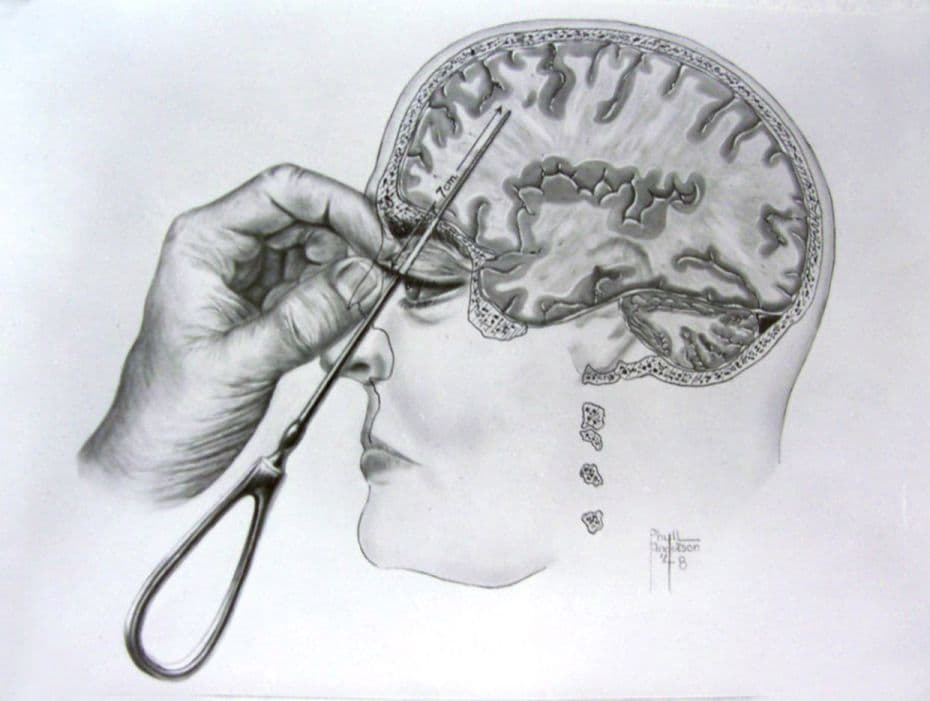
Image by : Museum of Failure
1935-1967
A lobotomy was a surgical procedure where nerves in the front of the brain were cut to treat psychiatric symptoms such as severe anxiety, depression and obsessions. The procedure was so revolutionary that the Portuguese physician who invented it was awarded the Nobel Prize in 1949. The patient was made unconscious with electric shocks, and then a pointed instrument was hammered into the upper part of the eye socket, about seven centimeters into the brain. The instrument was called an orbitoclast. The method was particularly popular in Scandinavia where nearly 10,000 patients were operated on. For mental hospitals, the lobotomy was popular because patients required less care. But it was no good for the patients, caused great suffering and many deaths.
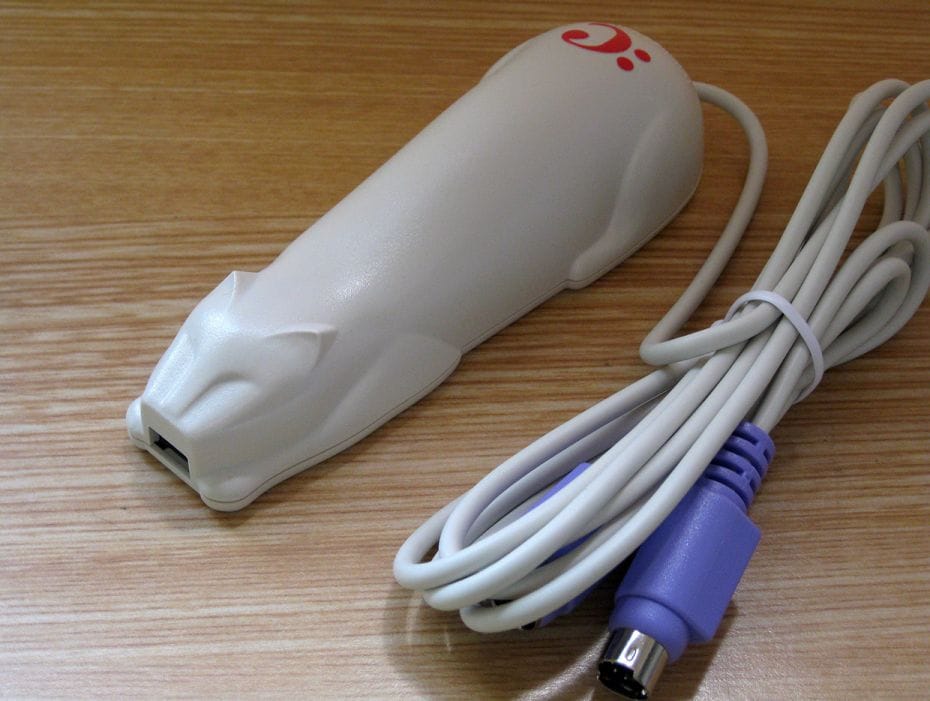
Image by : Museum of Failure
2001-2002
Marketed as a revolutionary technology, the CueCat was a cat-shaped handheld scanner that plugs into your computer. By scanning special codes in printed magazines, users could open the advertisers websites without having to enter the web address. Millions were produced and shipped for free with magazines such as Wired and Businessweek. The device was pitched as a way to avoid typing in long web addresses, but is reading a magazine next to a cat-shaped scanner really more convenient than just typing a link? The CueCat was an epic dot-com failure. Tech blog Gizmodo listed it as the #1 worst invention of the decade, and PC World magazine called it one of the 25 Worst Tech Products of All Time. Investors lost their $185 million.

Image by : Museum of Failure
1996 – 1997
In an attempt to change its image as a restaurant for families with small children, McDonald’s introduced a new hamburger with a more "adult taste". The company invested $300 million on market research and developing the hamburger. The lavish advertising campaign showed children frowning and disgusted by the hamburger for adults. McDonald’s, however, is better known for low prices than its sophisticated food, and it was difficult to convince customers to pay more for the somewhat more luxurious burger. The Arch Deluxe remains one of the most expensive failures in the fast food industry.
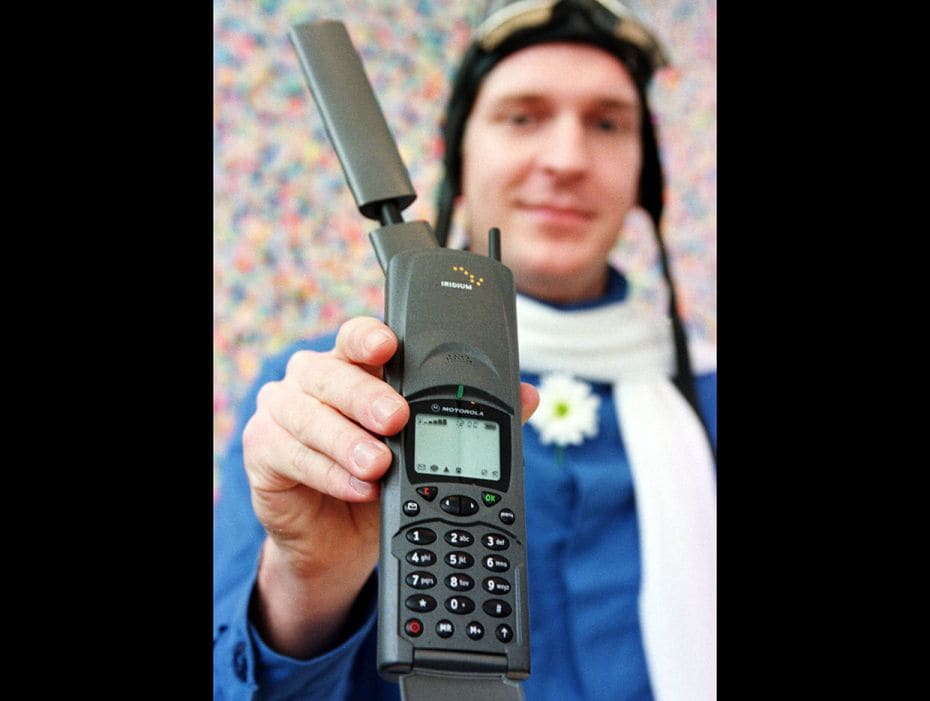
Image by : Christian Charisius / Reuters
1998-1999
Along with Motorola, Iridium created an enormous satellite infrastructure for a new global telephone network. A total of 66 satellites were required at a cost of $5 billion. The system that was developed in the mid 1980s, however, was already outdated when the phone was launched more than ten years later. The first phones were heavy and impractical, and the technology suffered from technical issues. The phones also could not be used inside buildings, cars or in big cities. On top of all of this, they were very expensive. The company folded a year later, one of the largest bankruptcies in US history. The satellites are still in orbit, and today the phones are mainly used in the maritime industry.
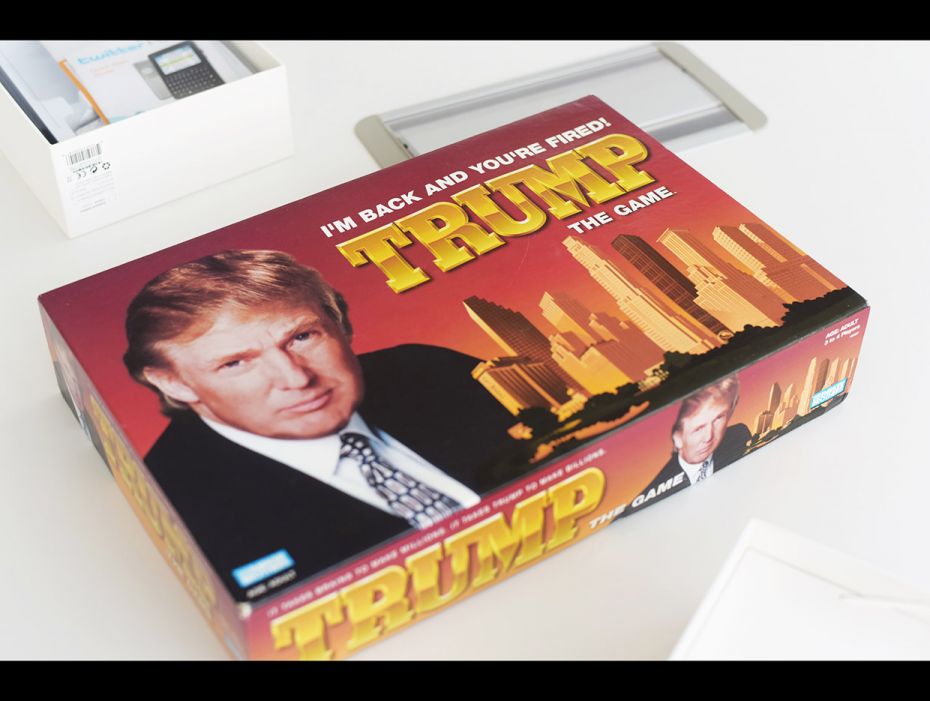
Image by : Museum of Failure
1989-1990; 2004
Inspired by Donald Trump’s real estate business, this game is about buying and selling real estate. It was described as a boring and complicated variation of the popular game Monopoly, though Trump himself said it was “much more sophisticated than Monopoly.”
Most people who bought the game probably did not bother reading the ten pages of instructions. The game was relaunched in 2004, following Trump’s success with the television series The Apprentice. It flopped, despite simplified game rules, and even more pictures of Trump. According to one review of the game, “It is not a game you want to play again.”
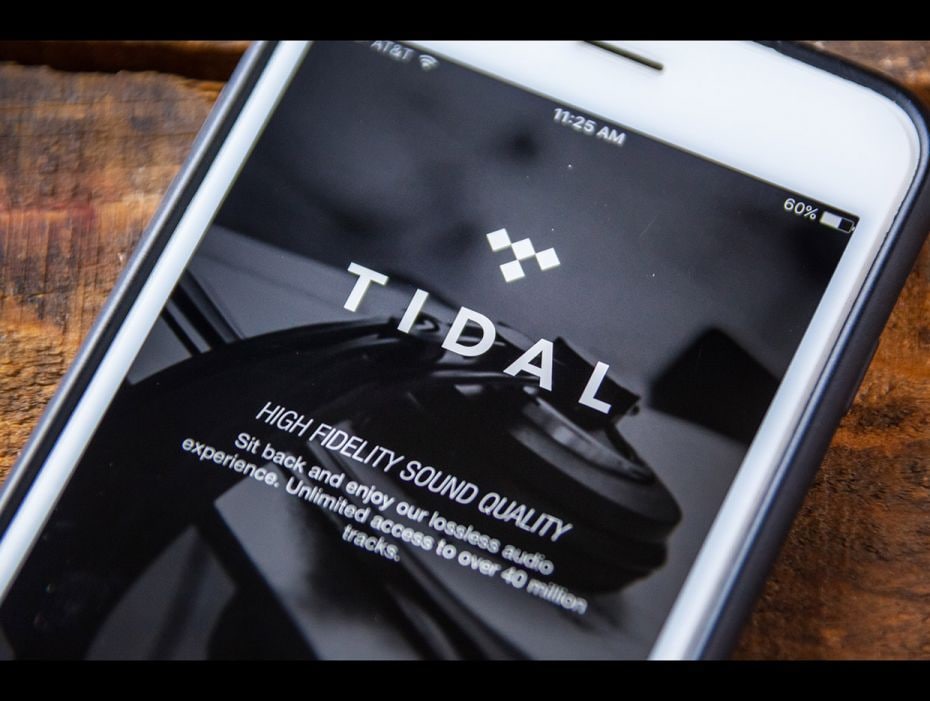
Image by : BestStockFoto / Shutterstock.com
2015
This music service got its start when the rapper Jay Z bought the Swedish technology company Aspiro, which developed Tidal. The new service was launched at a grand press conference by musicians including Madonna, Beyoncé, Rihanna and Kanye West. Tidal was more expensive than Spotify, but it offered better compensation to artists and better sound quality than its competitors. But nobody cared about better sound quality. Consumers rejected the whole idea of paying more to artists who were already rich. The service - harshly criticised by music reviewers and other artists - still exists. Listen to Tidal - do you discern the higher quality?
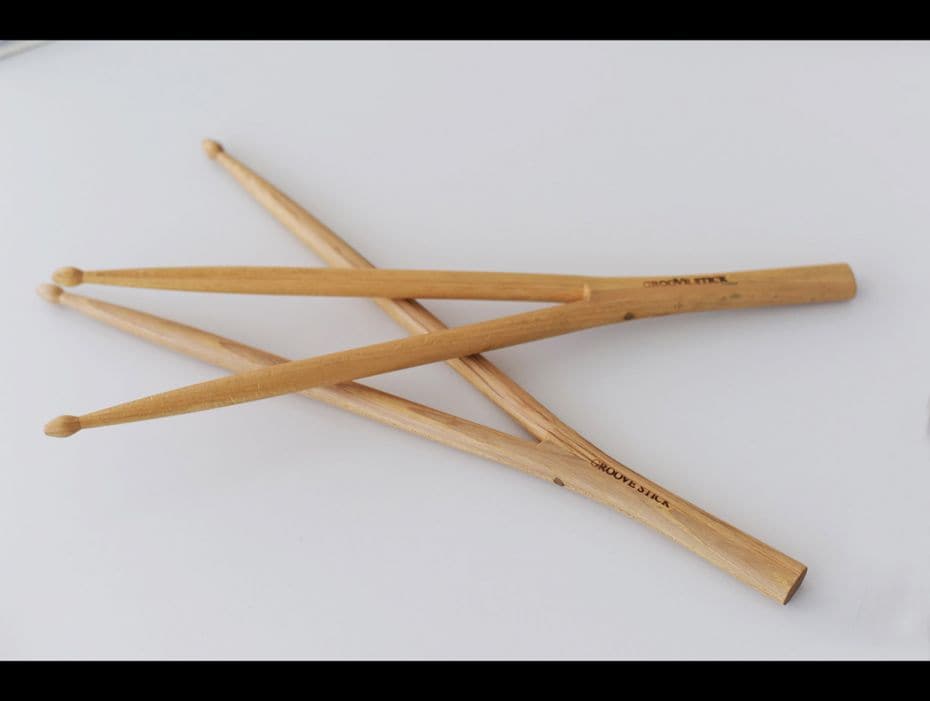
Image by : Museum of Failure
The double drumstick inventor’s basic idea was that you could play the hi-hat cymbals twice as fast by hitting them both on the downstroke and upstroke. The problem is that you can’t play anything else - like a drum - with the drumsticks. ‘Even though we never use these drumsticks, I get happy every time I see them’ says Per Knutsson, percussion teacher at Helsingborgs Kulturskola.
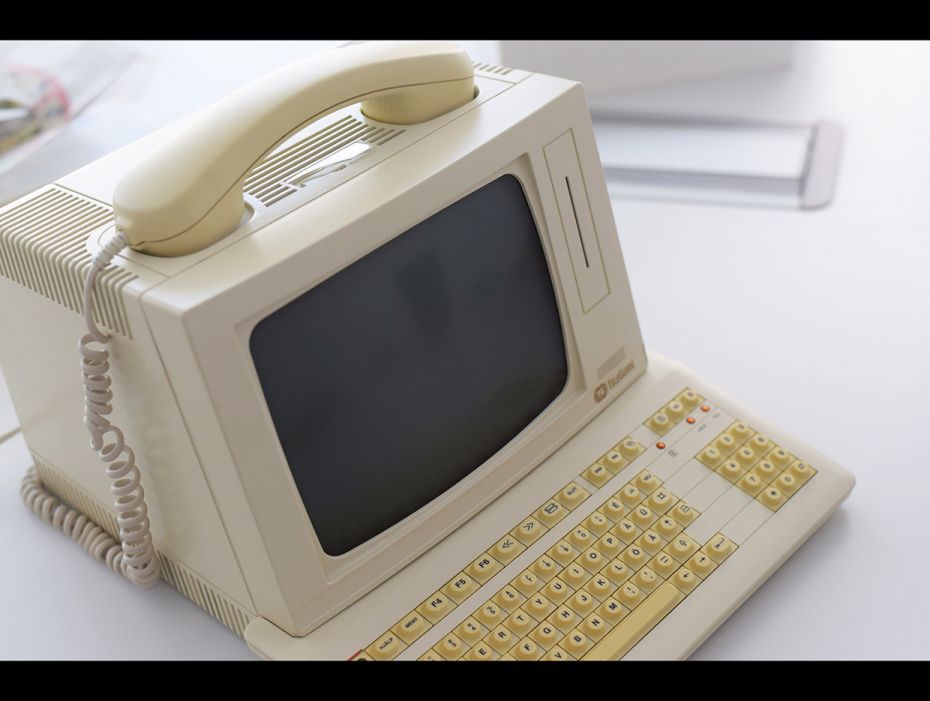
Image by : Museum of Failure
1991-1993
The Swedish state telecom company’s TeleGuide could be described as a pre-internet computer network. With the French Minitel as a model, this major investment was expected to be a huge success. A variety of information services were offered along with a simple form of email. The most popular services were the searchable phone catalog and the betting services. These terminals came free of charge with a paid subscription, and about 10,000 were distributed to Swedish homes. Televerket’s contract with IBM and Esselte, however, was an economic disaster and the computer giants refused to renegotiate. After six months, the project was terminated. It had cost more than $200 million.
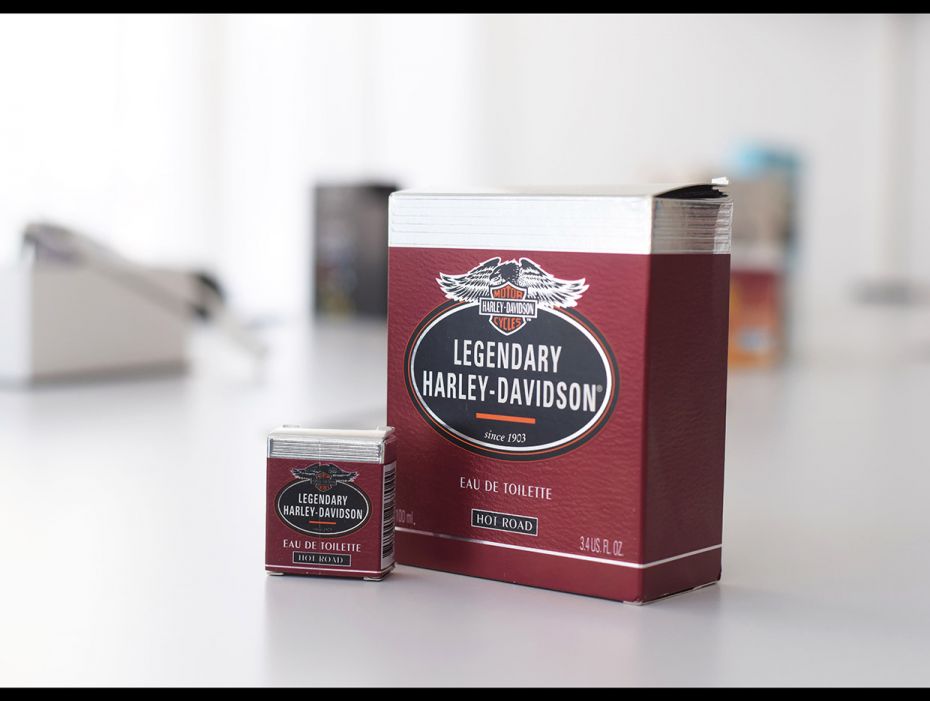
Image by : Museum of Failure
1996-2005
The brand of the iconic American motorcycle maker Harley-Davidson is strongly associated with ‘the biker myth’ - the freedom of the open road, strength, and fearlessness. In the 1990s, the company attempted to capitalize on its rebellious, macho image by extending its brand to other products. In 1996, they launched a line of colognes. However, the brand extension went too far. Harley-Davidson fans hated it and accused the company of ‘Disneyfying’ the brand. The company ultimately learned that brand loyalty does have its limits. They admitted their mistake and discontinued the colognes that alienated core customers.



